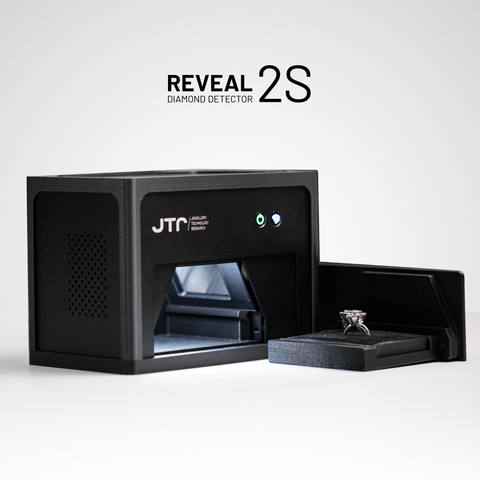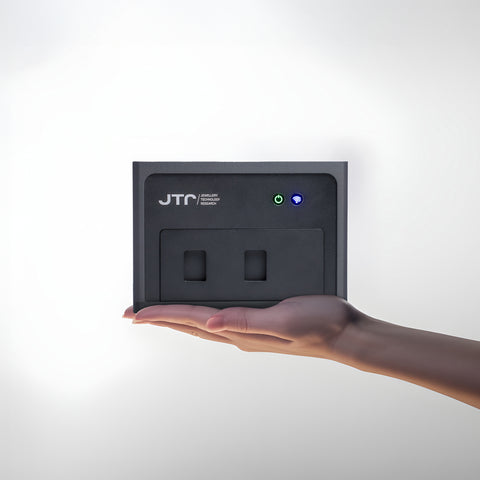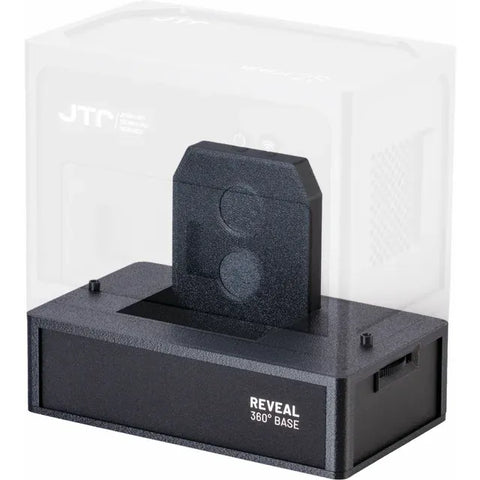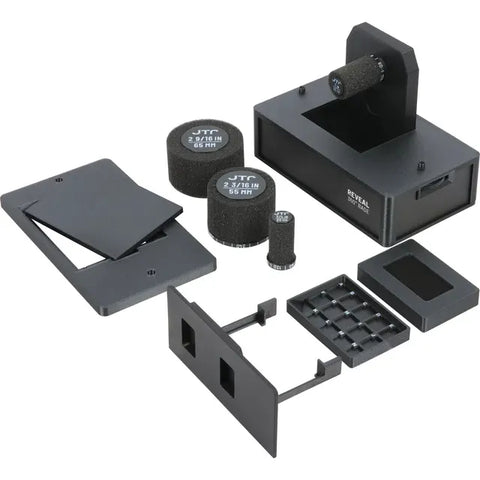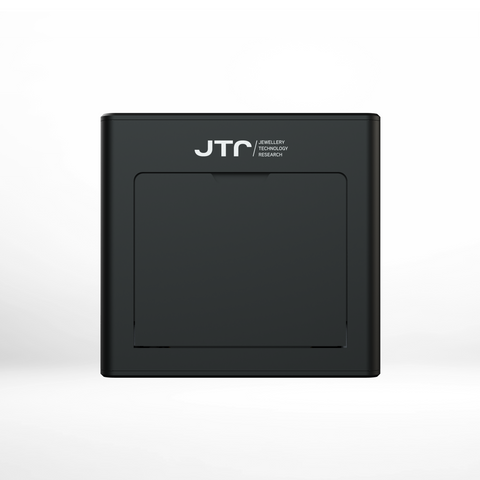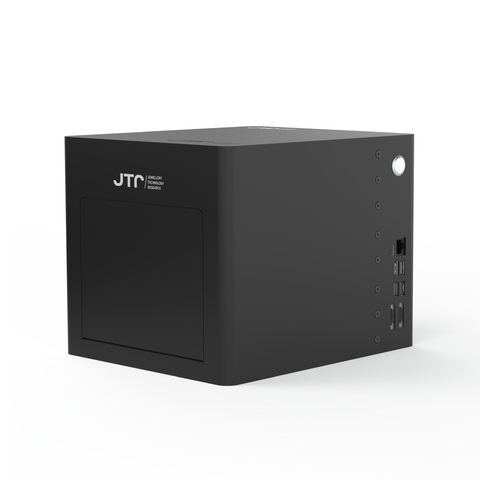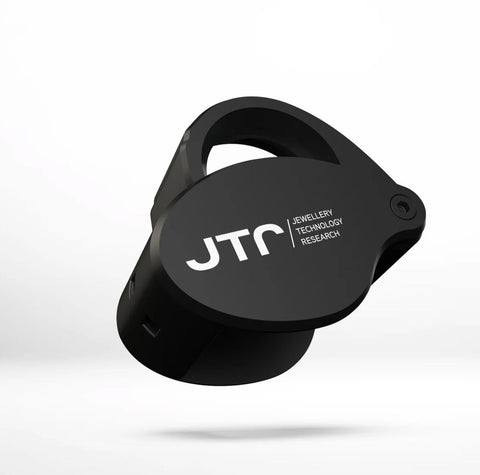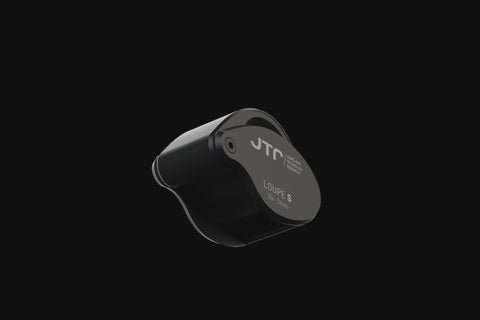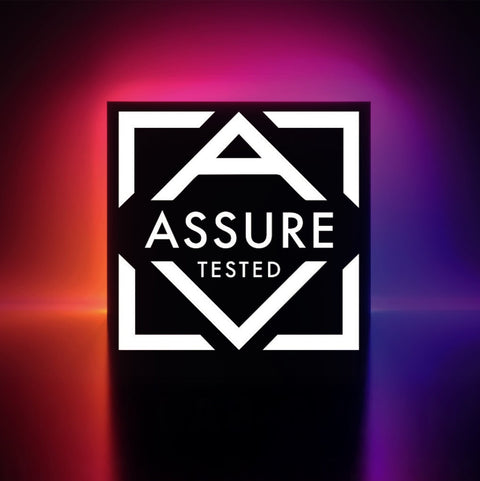Natural Diamond, CVD/HPHT Lab-grown diamond, Moissanite & CZ Testers, Essential Tools for Jewelers
The term lab-grown diamond once made sense when these stones were produced only in controlled laboratory conditions. Today, they are being produced in large scale factories all across the world. It’s not a unique product now, it is being produced in tons. The biggest players are India and China. That’s why lab-grown diamond prices are going down drastically and the production methods are improved drastically.
Today it is impossible to distinguish between a natural and synthetic / lab-grown diamond with bare eyes or even with a professional loupe. HPHT & CVD lab-grown diamonds are obviously here to stay. But they should not be mixed with natural diamonds and that’s where Diamond verification instruments (DVI) play a critical role.
Why Diamond Verification Matters
Every diamond purchase is an emotional experience for the customer. Whether a jeweler sells a natural diamond or a CVD/HPHT lab-grown diamond, transparency, trust and reputation are the key elements of a transaction. There must be no place for this question: Is this stone natural, lab-grown, or a diamond simulant?
Customers expect transparency and authenticity guarantees, and businesses need to deliver on those expectations.
Diamond verification instruments (DVI’s) are designed to overcome the weaknesses of handheld diamond testers. They can differentiate between natural and CVD & HPHT llab-grown diamonds, and moissanite & CZ diamond simulants.Many of the stones DVI’s detect might pass on diamond testers. Including diamond screening / diamond verification into day-to-day operations avoids costly mistakes and disputes. With the right integration to operations, it maintains credibility with clients by offering science backed authenticity checks. It definitely helps businesses to protect and maintain their reputation.
What Jewelers Need to Know About CVD And HPHT Diamonds
Lab-grown diamonds are chemically and physically identical to natural diamonds. The two most common growth methods are CVD (chemical vapor deposition) and HPHT (High pressure high temperature).
- CVD (Chemical Vapor Deposition)
This is a process where diamonds are grown inside a vacuum chamber using carbon-rich gases, typically methane. Under controlled conditions, these gases are activated into plasma, allowing carbon atoms to separate and slowly deposit layer by layer onto a thin diamond seed plate. Over time, this builds a crystal that is chemically identical to a natural diamond. - HPHT (High Pressure High Temperature):
This method replicates the natural conditions in which diamonds form deep within the Earth. In this process, a small diamond seed is placed inside a press and subjected to extreme pressure (over 5 GPa) and very high temperatures (above 1,500°C). Carbon is then melted around the seed, and under these conditions, it crystallizes onto the seed to grow a larger diamond. The result is a stone that is physically and chemically identical to a natural diamond, but produced in a matter of weeks instead of millions of years.
Beyond diamonds, Moissanite and CZ Detection
Diamond simulant means that stones that are chemically different from diamonds but only imitate the appearance of diamonds.
Moissanite has a very close look to diamonds. Since it is chemically different, they have higher refractive index and lower thermal conductivity. It often passes basic diamond testers, leading to misidentification.
Cubic Zirconia (CZ) is less durable than diamond and therefore it is softer. It is a low cost alternative.
Handheld diamond Testers
Basic diamond testers can not distinguish between natural and lab-grown (synthetic) diamonds.
Some low quality equipment even mistakes a moissanite and a diamond.
Basic diamond testers are unable to test small stones (1mm diameter) since the tip of the device is required to touch the stone. When the stone is too small, it gets harder to touch and creates confusion. And since those testers require the stone to be touched, each stone is required to be checked one by one, therefore it takes a longer time and is prone to mistakes.
Imagine that you have a tennis bracelet with 45 stones on it, how much time and effort would it require?
When deciding on handheld diamond testers always prefer high quality products that are produced by established brands. They are best for quick screening of bigger stones and jewelry like solitaire rings.
Comprehensive Diamond Verification Instruments
Devices like Reveal Diamond Detector 2S go beyond basic thermal conductivity. They combine multiple technologies to achieve 100% lab grown diamond detection accuracy.
They are best for jewelers, appraisers and gem labs requiring absolute accuracy and speed.
When deciding on a Diamond Verification Instrument, always check if the specific device you consider is independently tested by the Assure program under Assure 2.0 criterias.
Features That Matter in a Diamond Tester or DVI
When selecting a diamond tester, professionals should look for:
- Accuracy: 100% detection of lab-grown diamonds with no false positives.
- Speed: Instant or near-instant analysis.
- Portability: Lightweight and easy to use in any environment.
- Versatility: Ability to detect not just diamonds, but simulants like moissanite and CZ.
- No Subscriptions: Instruments that work offline, without hidden costs.
- Trusted Certification: Independent validation like Assure 2.0.
